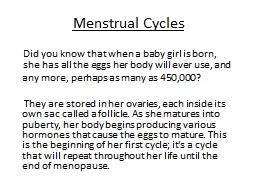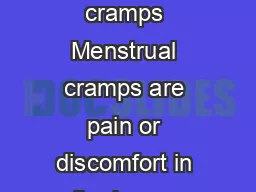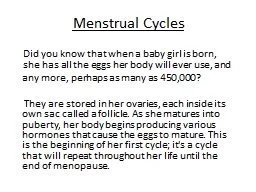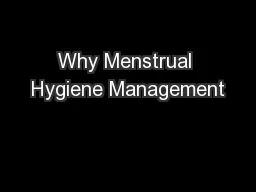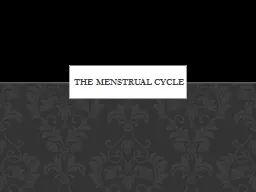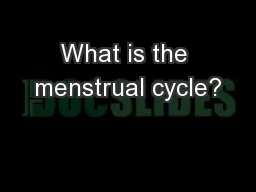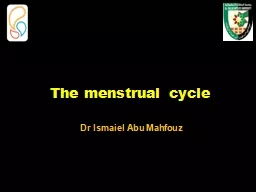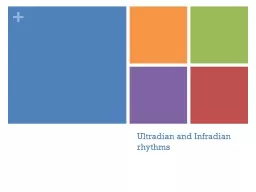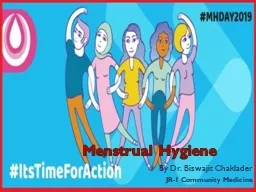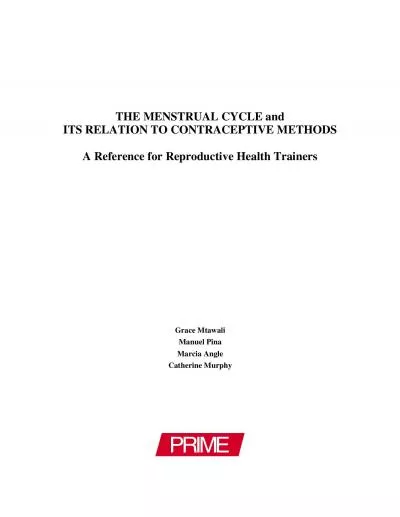PPT-Menstrual Cycles
Author : liane-varnes | Published Date : 2016-11-18
Did you know that when a baby girl is born she has all the eggs her body will ever use and any more perhaps as many as 450000 They are stored in her ovaries
Presentation Embed Code
Download Presentation
Download Presentation The PPT/PDF document "Menstrual Cycles" is the property of its rightful owner. Permission is granted to download and print the materials on this website for personal, non-commercial use only, and to display it on your personal computer provided you do not modify the materials and that you retain all copyright notices contained in the materials. By downloading content from our website, you accept the terms of this agreement.
Menstrual Cycles: Transcript
Download Rules Of Document
"Menstrual Cycles"The content belongs to its owner. You may download and print it for personal use, without modification, and keep all copyright notices. By downloading, you agree to these terms.
Related Documents

